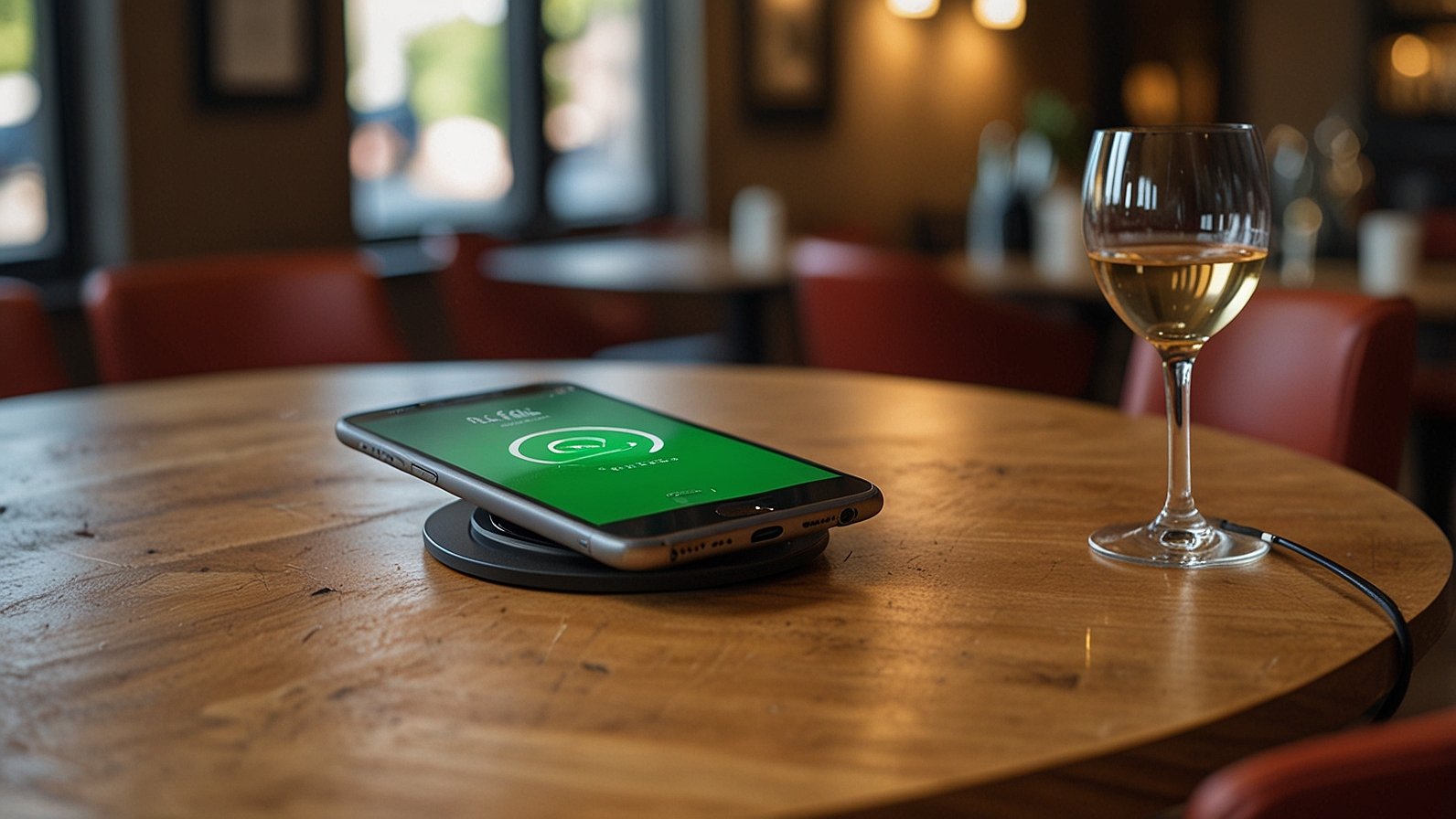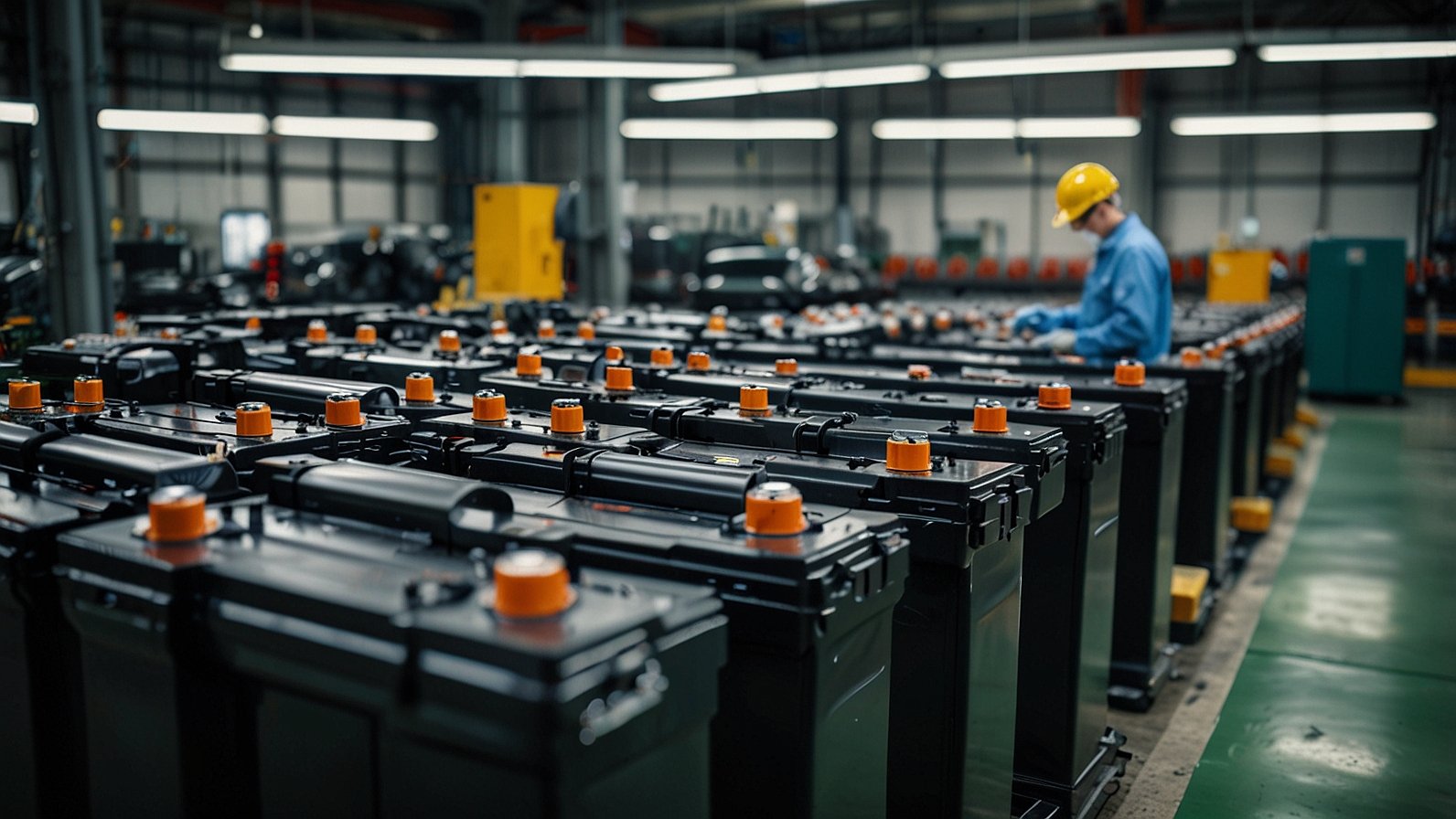Restaurants today are evolving into more than just places to eat. Guests want comfort, style, and convenience in one setting. In recent years, technology has become an important part of the dining experience. Diners often arrive with smartphones, tablets, or laptops, expecting easy ways to keep them powered up while they relax or work.
Adding USB and wireless charging directly into restaurant tables answers that need perfectly. Not only does it make guests feel cared for, but it also keeps them seated longer, which can lead to higher spending. Studies show that over 60% of customers actively prefer venues where they can charge their devices without leaving the table. This small yet powerful feature can transform an ordinary meal into a memorable, tech-friendly experience.
For restaurant owners, integrating charging solutions is more than a practical upgrade. It’s a competitive edge. Tech-ready spaces appeal to busy professionals who need to stay connected and casual diners who enjoy the convenience. This guide walks you through every step of adding USB and wireless charging to your commercial-grade restaurant tables, helping you create a modern and inviting environment for your guests.
Charging Technology Options for Restaurant Tables
Before installing anything, it’s important to understand the types of charging options available. USB-A ports are still common and compatible with many older devices, while USB-C ports are becoming the preferred choice for their fast-charging capabilities. Wireless charging, typically based on the Qi standard, offers a cable-free option that’s convenient for many modern smartphones.
Each option comes with its benefits and drawbacks. USB ports work with most devices but require cables, while wireless charging offers simplicity but only works with compatible phones. Fast-charging USB-C is excellent for time-conscious guests, but older devices might need adapters. Safety is also a key consideration; public charging points must handle constant use without overheating.
In some settings, multi-port charging hubs are ideal. They allow guests to charge different devices at the same time, which is particularly useful for group tables. Comparing charging speeds between options will also help you select the hardware that balances convenience with performance.
Planning the Integration: Design and Layout Considerations
The placement of charging stations makes a huge difference in how guests use them. Ports should be within easy reach but positioned to avoid accidental damage from food and drinks. Wireless pads can be seamlessly embedded into the table surface, blending into the design while remaining functional.
Accessibility matters too. Ensure that charging points meet ADA requirements so that all guests can enjoy them comfortably. Table shape, size, and seating layout will influence the best locations for installation. Round tables, for example, may benefit from central placements, while rectangular tables might need ports on both sides.
It’s also worth offering a mix of wireless and USB options to accommodate different devices. Studying guest traffic patterns and how long customers stay at certain tables can guide you in choosing the most strategic locations for these upgrades.
Selecting Durable and Commercial-Grade Charging Hardware
Restaurants demand hardware that can withstand heavy daily use. Choosing commercial-grade components ensures that your investment lasts longer and performs reliably. Look for water-resistant and spill-proof models designed to handle the occasional accident without failing.
Surge protection and overload prevention are must-have features, protecting both the customer’s device and your equipment. Strong warranties offer peace of mind and signal that the manufacturer stands behind its products. Select hardware with replaceable components so you can maintain performance without replacing the entire unit.
Certified safety standards are another factor to check before purchasing. Tamper-resistant designs help prevent guests from misusing or damaging the ports. These features all contribute to a safer, more dependable charging experience in a busy dining environment.
Installation Process for USB and Wireless Charging
The installation process starts with preparing your tables. Mark where each charging point will go, making sure the positions are consistent and practical. Routing tools or hole saws can create clean openings without weakening the table’s structure.
Once the cutouts are ready, install USB modules or wireless pads securely so they can’t be removed easily. Concealed wiring keeps the setup neat and protects it from wear. All power connections should run under the table or floor for safety and a cleaner appearance.
Before introducing the feature to customers, test every unit thoroughly. It’s wise to work with a licensed electrician who understands commercial requirements. Documenting the installation process will help you when upgrading or maintaining the system in the future.
Power Supply and Electrical Safety
Reliable power is essential for a successful charging setup. Decide whether your units will run on AC adapters or be hardwired directly into the building’s electrical system. Each approach has its benefits, but both must meet local electrical codes.
Install circuit breakers or fuses to protect against power surges. Only use UL-listed components to ensure safety and reduce the risk of fire hazards. Staff should be trained to recognize and report electrical issues immediately.
Advanced setups can include smart power monitoring systems to track energy usage and identify potential faults before they become problems. Adding surge protection across the entire system safeguards both guest devices and your restaurant’s electrical equipment.
Aesthetic Integration with Restaurant Design
Function doesn’t have to come at the cost of style. Select charging hardware with materials and finishes that complement your existing furniture. Wireless charging pads can be customized with covers that match your tables, helping them blend naturally into the décor.
Cables and connectors should remain hidden to maintain a clean, professional look. Branded charging pads can double as subtle marketing tools, reinforcing your restaurant’s identity while serving a practical purpose.
Consider integrating charging into signature tables for a unique customer experience. Collaborating with furniture designers ensures the technology fits seamlessly into the dining space, maintaining both form and function.
Maximizing ROI: Marketing and Customer Engagement
Adding charging stations is an investment, and marketing helps you maximize their value. Promote your tech-ready tables on menus, in signage, and across social media channels. Make charging a special perk for loyalty program members to encourage repeat visits.
Guests often share their experiences online, so a well-placed branded hashtag can amplify your reach. Partnering with local businesses, conferences, or events can also attract tech-savvy customers.
Tracking sales, table turnover, and guest dwell time will show the impact of your charging stations. You can also run promotions that highlight the convenience of these tables and collect testimonials from satisfied guests. This kind of social proof reinforces the value of your upgrade.
Final Thoughts: Bringing Restaurants Into the Connected Era
Integrating USB and wireless charging into commercial-grade tables is more than a modern convenience; it’s a strategic move that can transform the guest experience. By understanding technology options, planning placements carefully, and selecting durable, safe hardware, restaurants can create spaces that feel both welcoming and practical.
When implemented well, these features encourage guests to stay longer, order more, and leave with a positive impression. The investment pays off not only in direct customer satisfaction but also in a stronger brand image as a forward-thinking, customer-focused establishment.
Restaurants that embrace technology today will be better prepared for tomorrow’s dining trends. Tech-ready tables signal that your venue understands modern lifestyles and is willing to go the extra mile to meet evolving expectations. In a connected world, convenience builds loyalty, and loyalty builds long-term success.
You May Also Read: Smart Strategies for Installing and Maintaining Modern Security Gates











